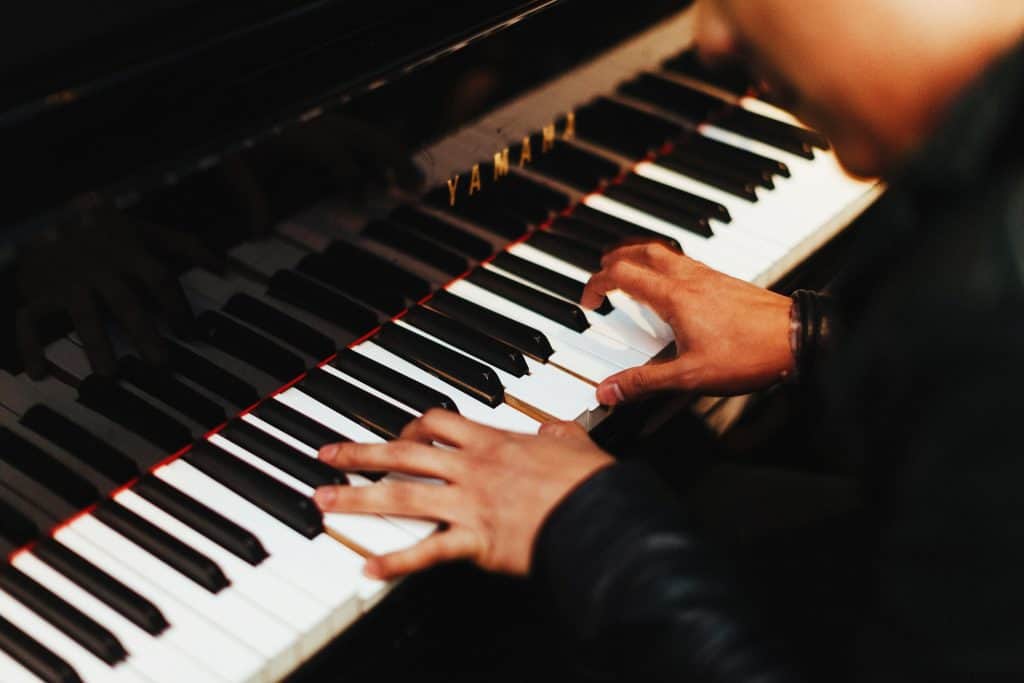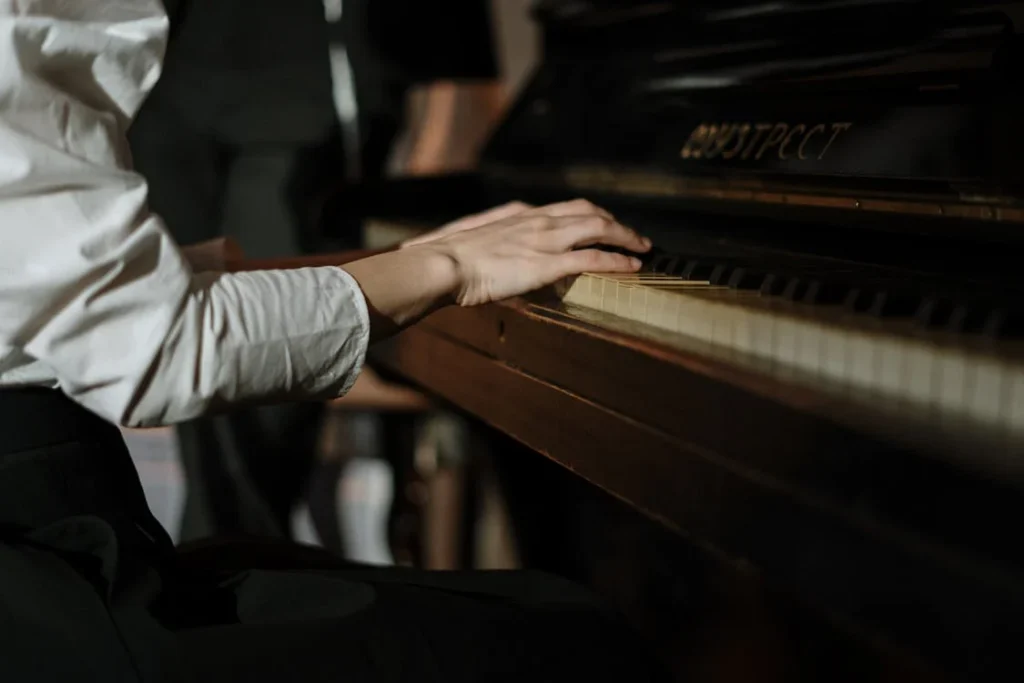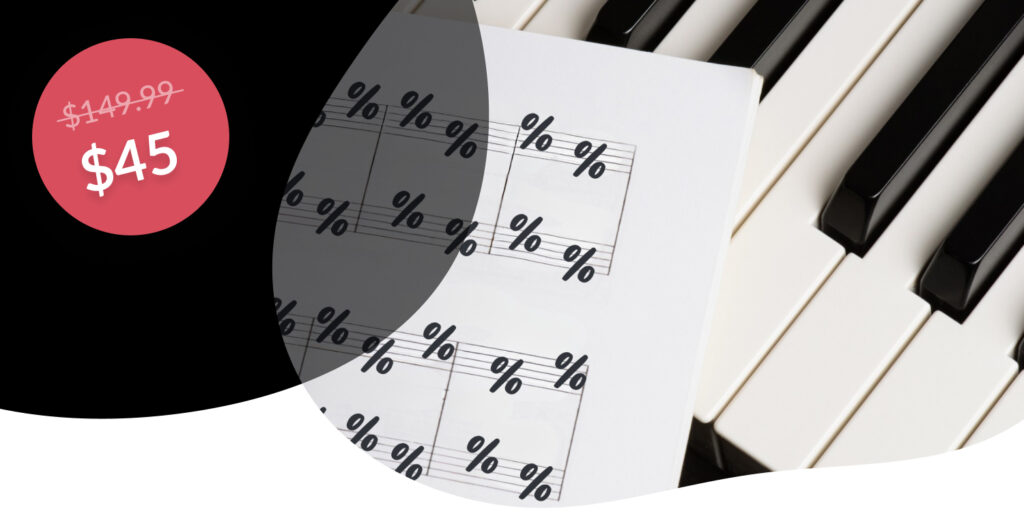What in the world is jazz theory?
Jazz theory refers to a particular area of music theory that relates to the chord progression, scales, melodies, and rhythms primarily used in jazz music. It uses the same tools as more traditional music theory, but can be applied in a generally more free-form way to analyze and communicate more abstract concepts. Jazz music can …
What in the world is jazz theory? Read More »












